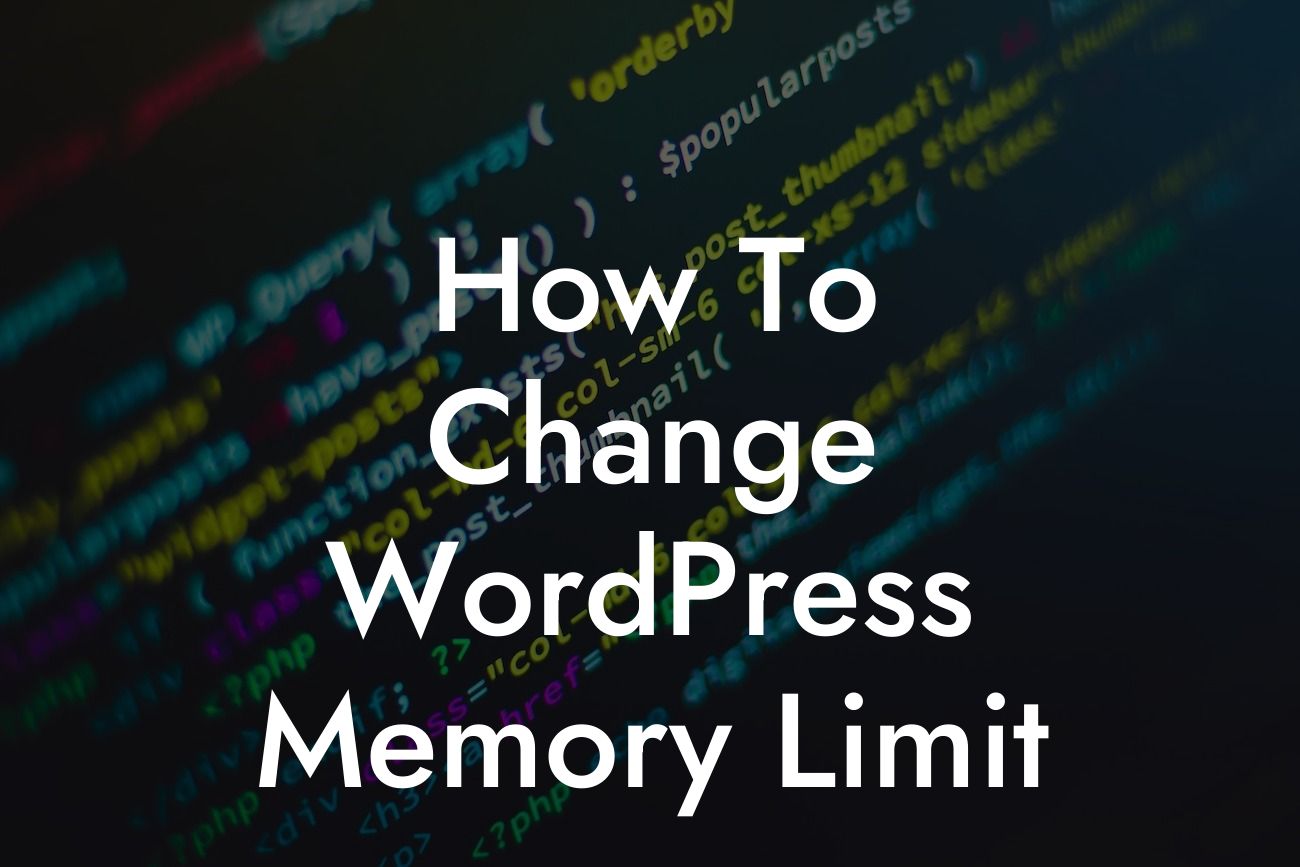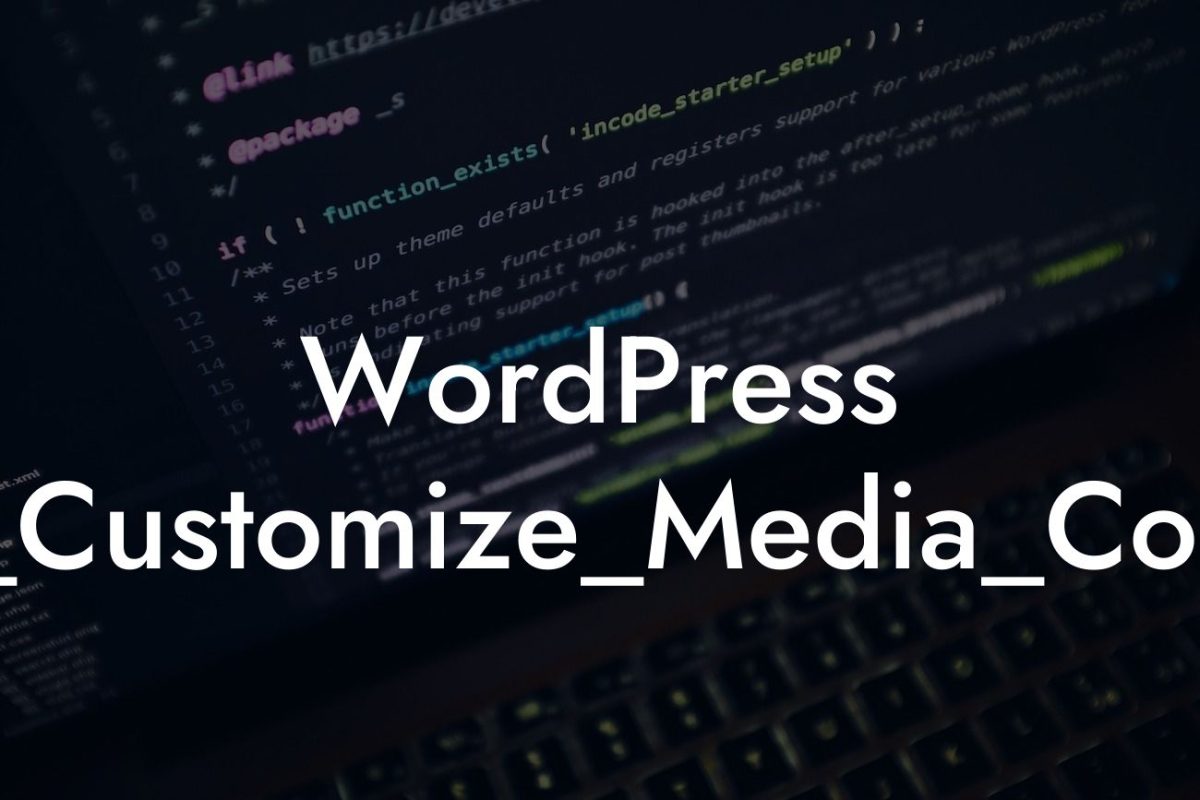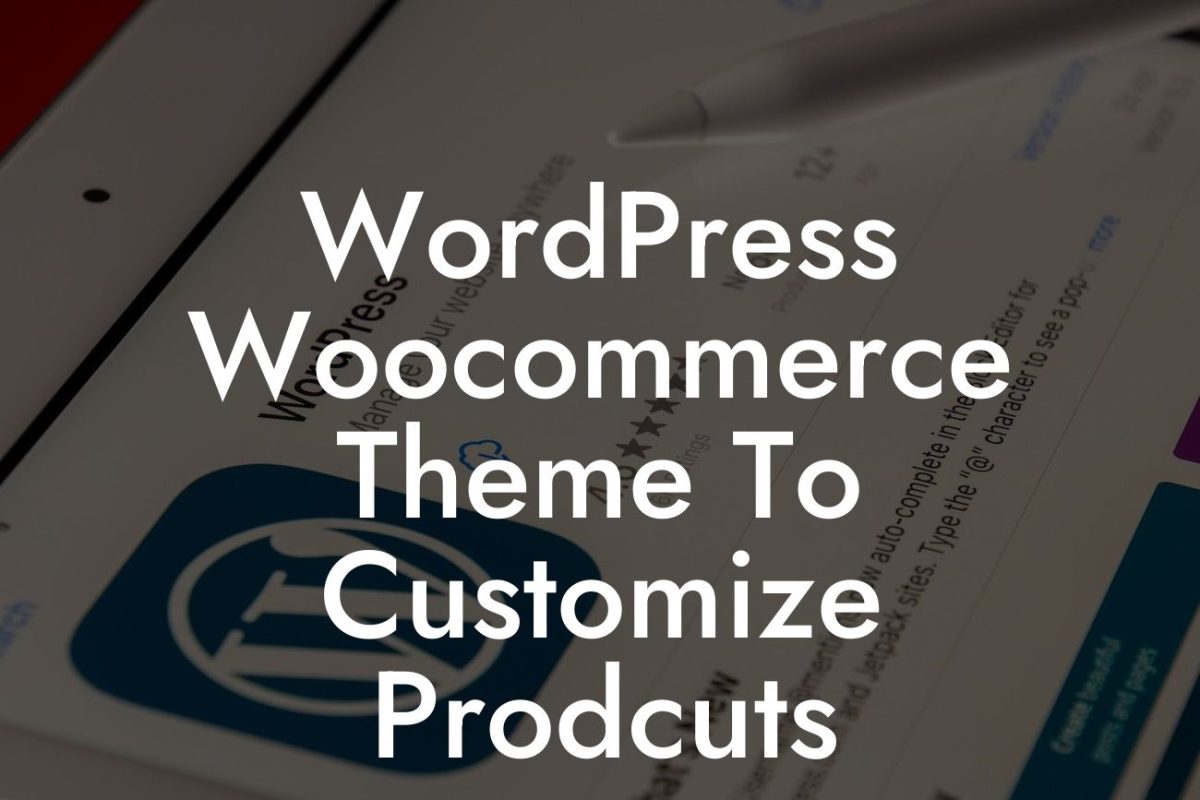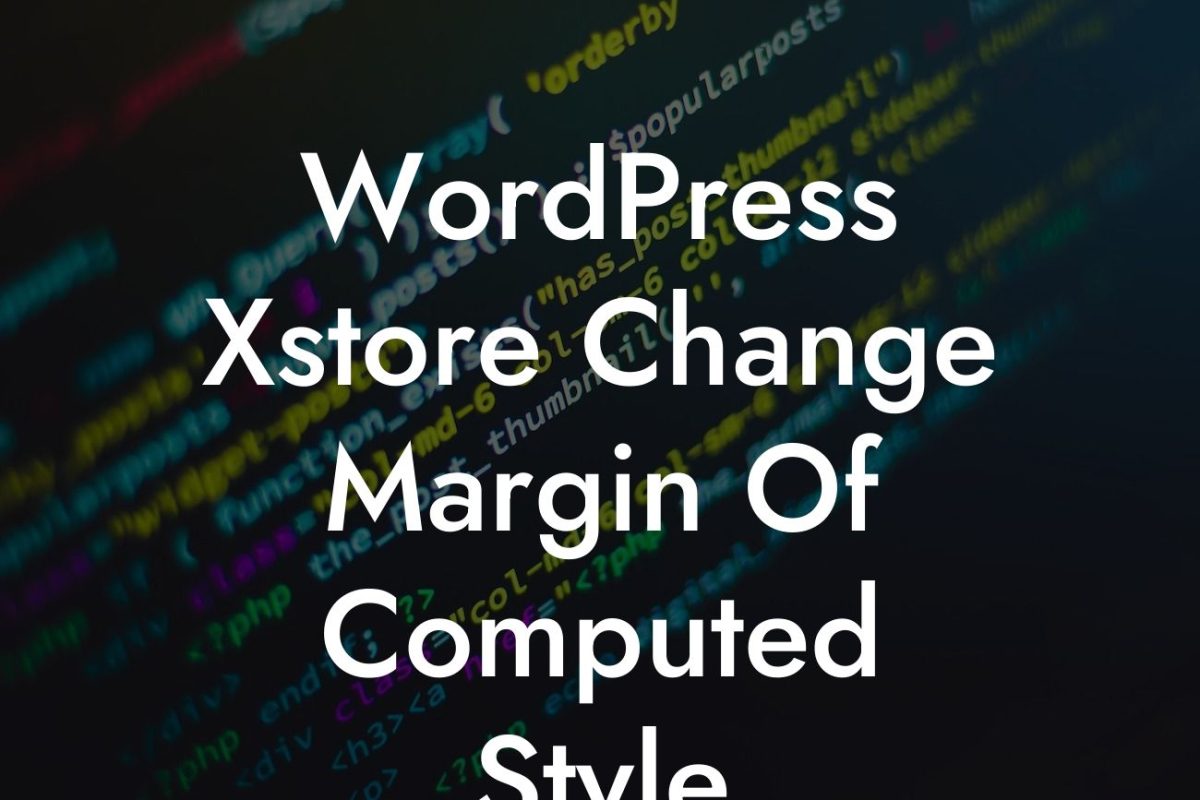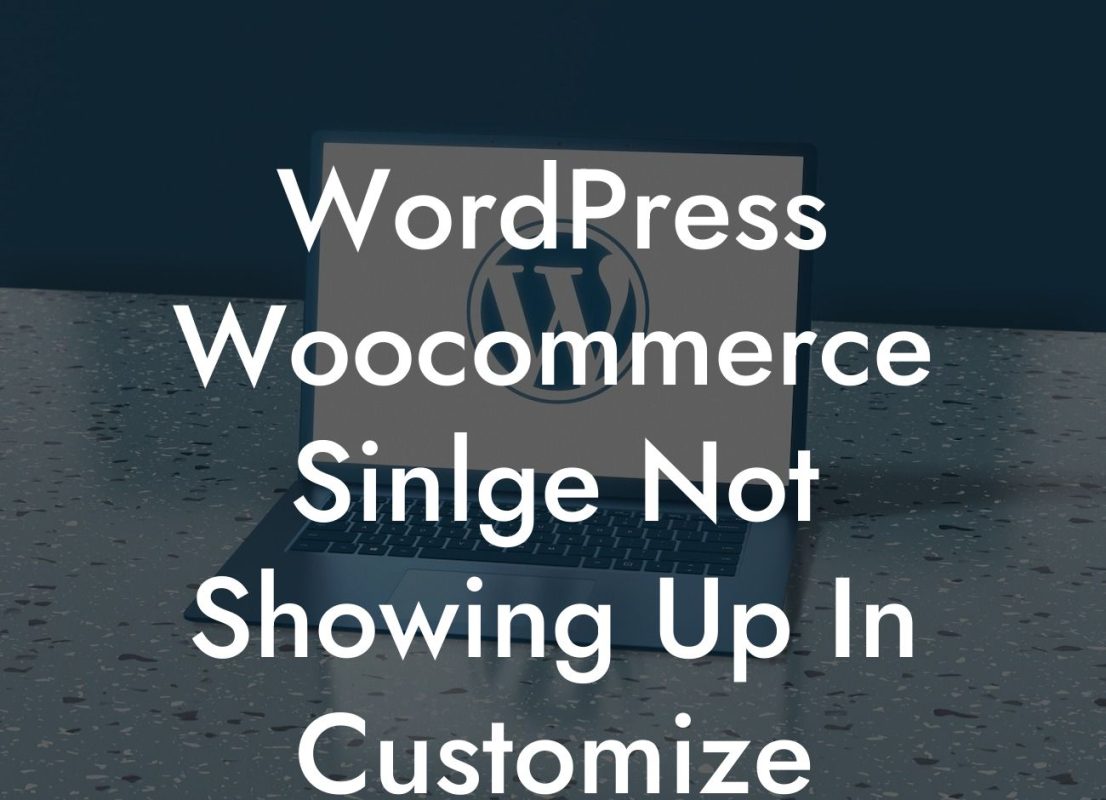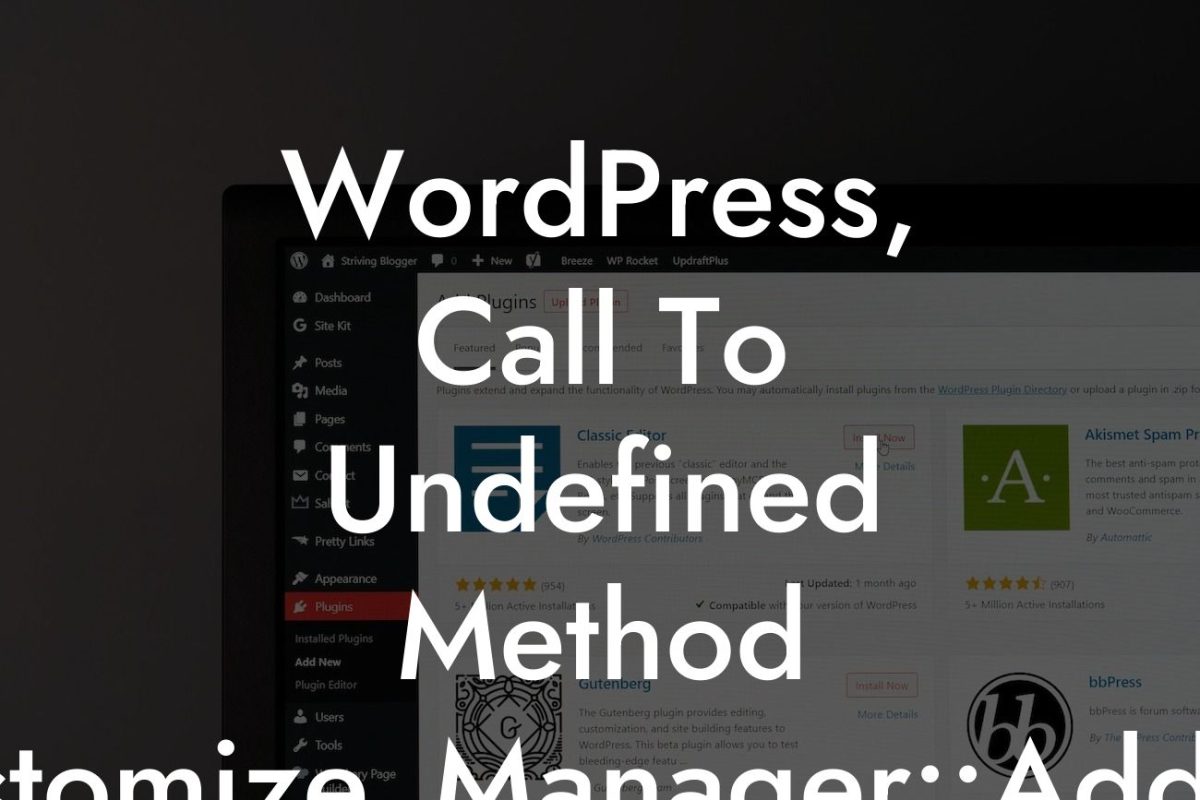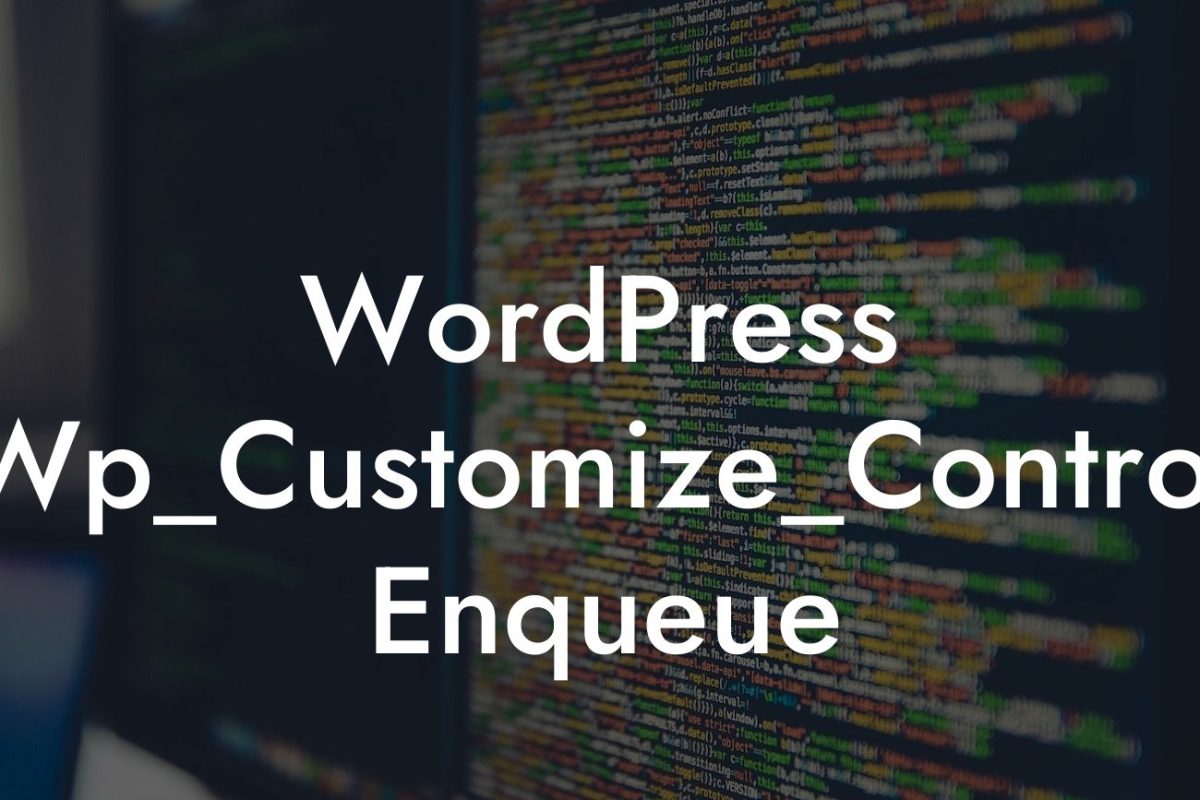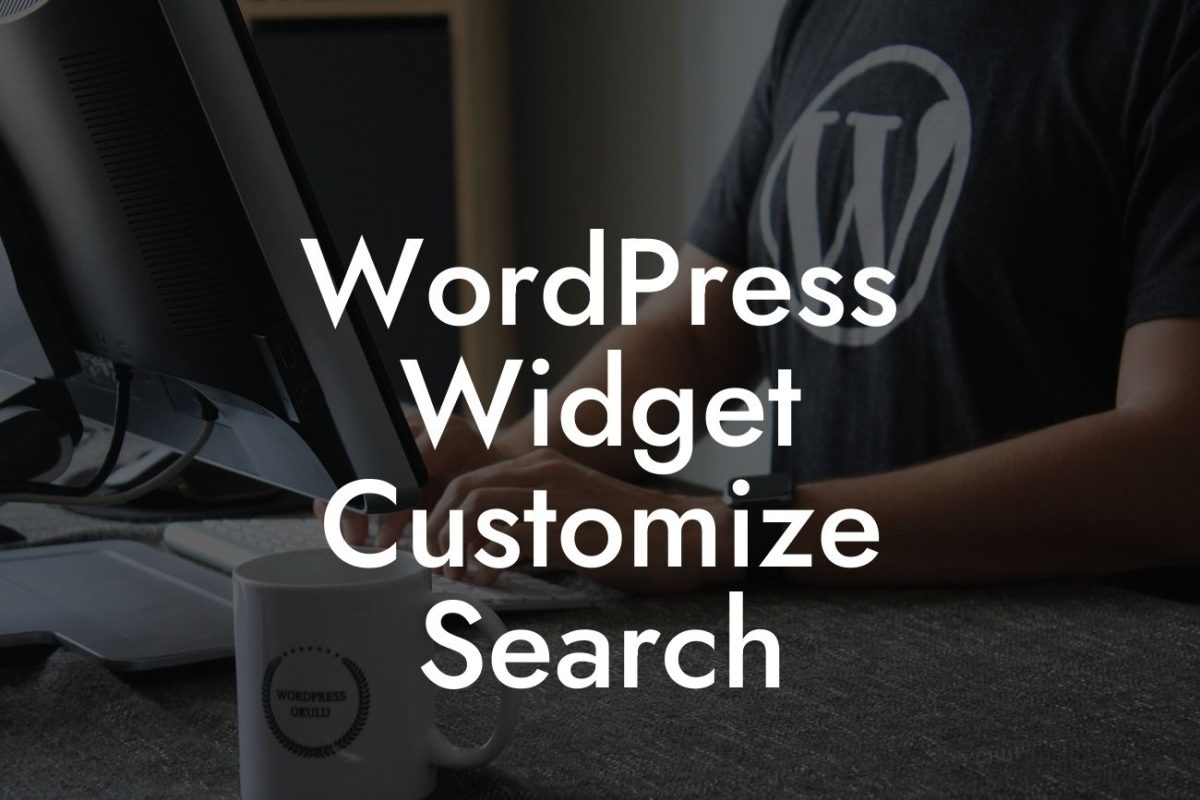Is your WordPress website running sluggishly or experiencing constant crashes? One common culprit for these issues is a low memory limit. Fortunately, changing the memory limit is a simple yet effective solution that can significantly improve your site's performance. In this article, we will explore the steps to increase your WordPress memory limit, allowing your website to run smoothly and handle larger amounts of data.
Increasing your WordPress memory limit involves modifying the PHP memory limit configuration. Here's a step-by-step guide on how to do it:
1. Understand the PHP Memory Limit:
It's crucial to understand what the PHP memory limit is and why it affects your website's performance. The memory limit determines the amount of memory a single PHP process can consume. By default, WordPress has a relatively low memory limit set to ensure compatibility with various hosting environments.
2. Check Your Current Memory Limit:
Looking For a Custom QuickBook Integration?
Before making any changes, it's essential to know your website's current memory limit. You can find this information in the WordPress Dashboard under "Tools" > "Site Health" > "Info." Look for the "PHP memory limit" value, which shows the current limit set by your hosting provider.
3. Contact Your Hosting Provider:
If you are using shared hosting, you may need to contact your hosting provider to request a memory limit increase. They might require you to upgrade to a higher plan or provide you with specific instructions to modify the memory limit.
4. Modify the Memory Limit via wp-config.php:
If you have control over your website's server environment, you can increase the memory limit by accessing the wp-config.php file. Add the following line of code just before the line that says, "That's all, stop editing! Happy blogging":
```php
define('WP_MEMORY_LIMIT', '256M');
```
Replace the '256M' with your desired memory limit. It's recommended to set it to at least 256MB to ensure optimal performance.
5. Modify the Memory Limit via php.ini:
If you have access to the php.ini file, you can also change the memory limit there. Locate the php.ini file in your server's root directory, and search for the "memory_limit" line. Change its value to your desired memory limit:
```php
memory_limit = 256M
```
6. Verify the Memory Limit Increase:
After making the changes, verify whether the memory limit increase was successful. You can repeat step 2 to check if the updated limit is reflected in the Site Health info.
How To Change Wordpress Memory Limit Example:
Let's say you have contacted your hosting provider, and they instruct you to modify the memory limit via the php.ini file. You access the file, locate the "memory_limit" line, and change it from the default value of '128M' to '256M.' After saving the changes and restarting your server, you confirm the successful increase in the memory limit through the Site Health info.
Congratulations! You have successfully learned how to change the WordPress memory limit to enhance your website's performance. Remember, a high memory limit allows your website to handle more data and processes, reducing the risk of crashes and sluggishness. If you're looking for more insightful guides and tools to optimize your online presence, explore DamnWoo's collection of WordPress plugins. Don't forget to share this article with your fellow small business owners and entrepreneurs to help them supercharge their success too!

